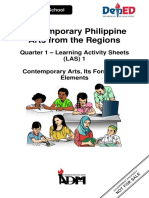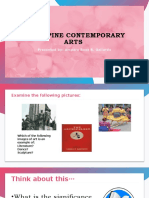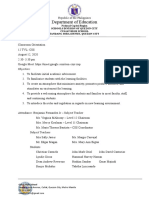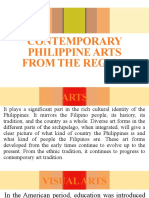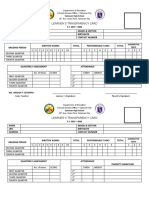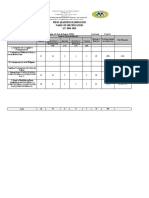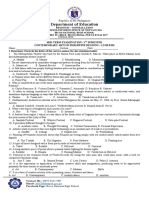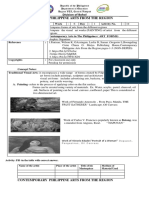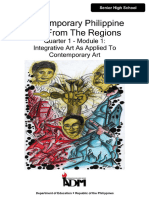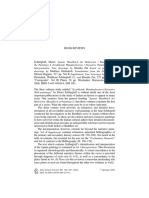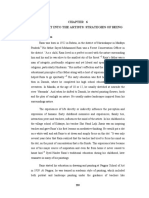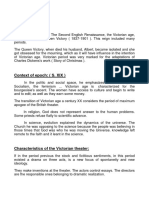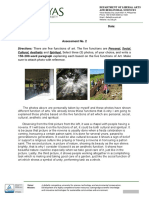0% found this document useful (0 votes)
295 views6 pagesCpar Module Lesson 3 PDF Free
The document discusses the development of contemporary Philippine art from the Neoclassic, Modern, and Contemporary periods. Neoclassic art from the late 19th century aimed to idealize reality using pastel colors and proper spacing. Modern art in the 1920s, led by Victorio Edades, rejected realism and used bold colors. Contemporary art from 1970 onward mirrors current culture through diverse media without following a single style or ideology.
Uploaded by
Gladies OrdasCopyright
© © All Rights Reserved
We take content rights seriously. If you suspect this is your content, claim it here.
Available Formats
Download as PDF, TXT or read online on Scribd
0% found this document useful (0 votes)
295 views6 pagesCpar Module Lesson 3 PDF Free
The document discusses the development of contemporary Philippine art from the Neoclassic, Modern, and Contemporary periods. Neoclassic art from the late 19th century aimed to idealize reality using pastel colors and proper spacing. Modern art in the 1920s, led by Victorio Edades, rejected realism and used bold colors. Contemporary art from 1970 onward mirrors current culture through diverse media without following a single style or ideology.
Uploaded by
Gladies OrdasCopyright
© © All Rights Reserved
We take content rights seriously. If you suspect this is your content, claim it here.
Available Formats
Download as PDF, TXT or read online on Scribd
/ 6
